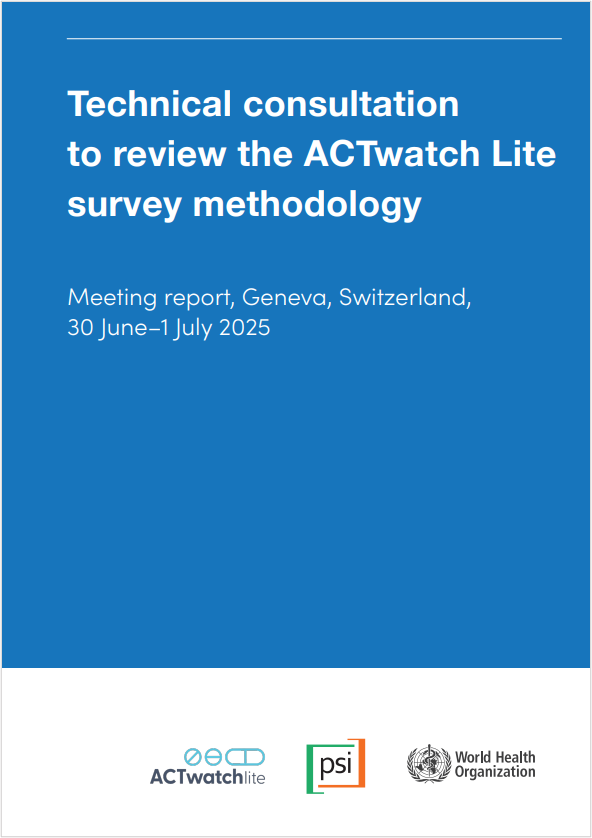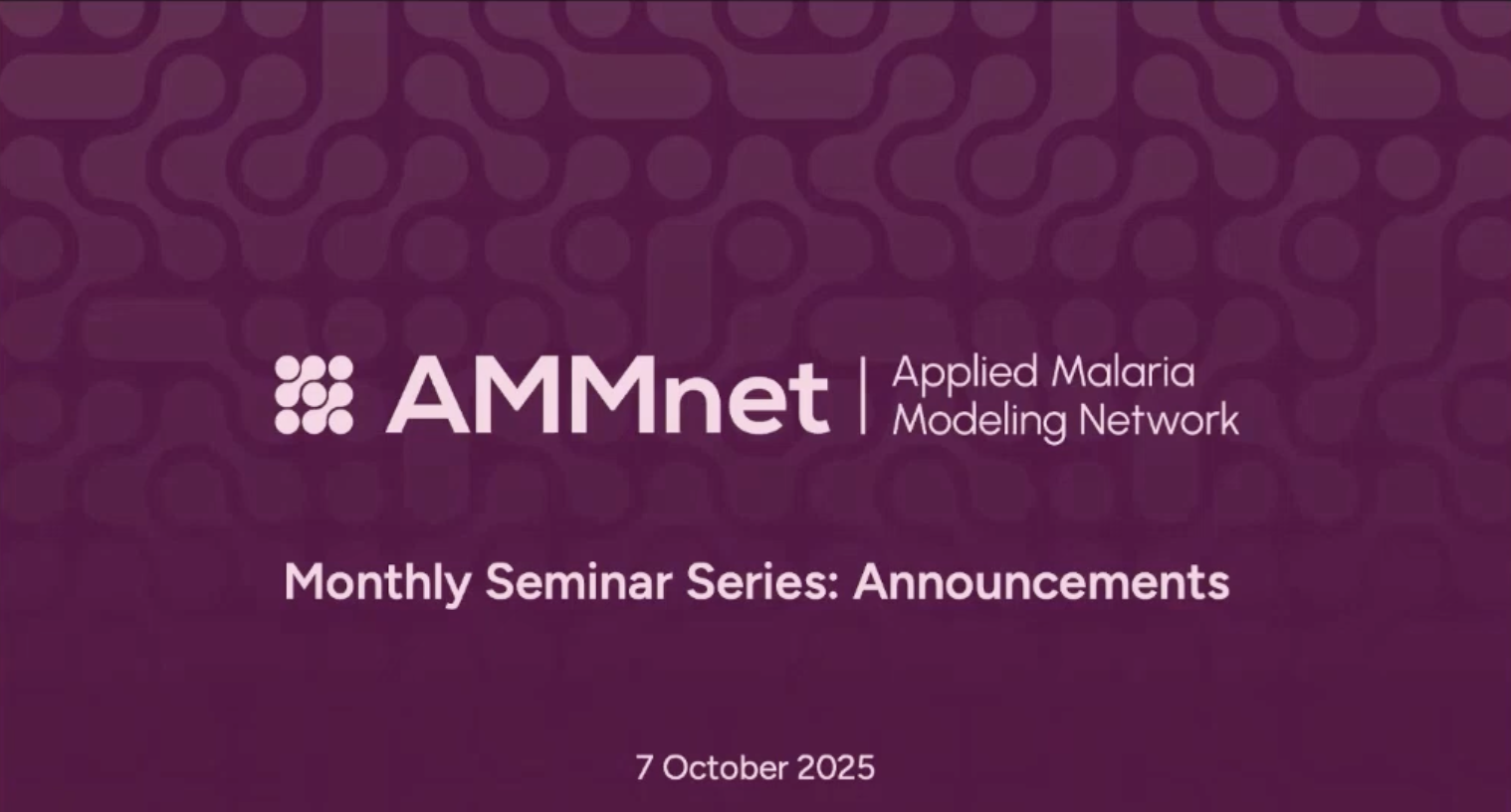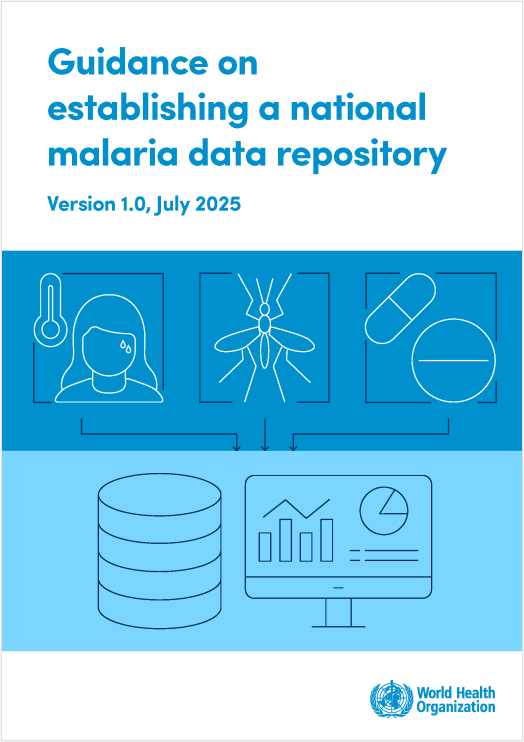Last Updated: 19/12/2024
Responding to efficacy decay analysis of Artemisinin-based Combination Therapy (ACT) for malaria treatment in rural Tanzania: Intervening on access
Objectives
The main objective of this project is to test interventions to improve timely access to quality ACT providers in order to increase the system effectiveness of malaria case management and quantify its impact on efficacy decay of malaria treatment.
Swiss Tropical and Public Health Institute (Swiss TPH), Switzerland
Summary of findings:
Through the INDEPTH Network Effectiveness and Safety Studies in Africa (INESS) (2009‐2012) we evaluated the systems effectiveness of artesunate lumefantrine (AL), the first line malaria treatment in Tanzania, in Rufiji and Kilombero/Ulanga (KU) Health and Demographic Surveillance System sites (HDSS) [1]. Through household and health facility surveys [1, 2] we assessed the effectiveness of ALU by combining the conditional probabilities of fever patients to (i) seek care and access an official ACT provider within 24h, (ii) be correctly diagnosed and prescribed (provider compliance), (iii) adhere to the treatment and (iv) the therapeutic efficacy of ALU in the area. We observed sub‐optimal performance across all components of these staircases (timely patient access, provider compliance, patient adherence) which reduced the effectiveness of ALU to less than 20% in both sites. Patient timely access to ACT providers was not more than 40%[1]. Hence, despite the demonstrated ACT potential as an effective tool for achieving malaria control goals its efficacy decay posed substantial challenge to efforts towards malaria effective control. We responded by designing and implementing a suite of low-cost interventions aimed at access, provider compliance and patient adherence in Rufiji site. MESA funded the part where we tested novel behaviour change communications packages that addressed causes for delayed appropriate treatment seeking. The intervention was expected to encourage timely access to high-quality ACT providers in Rufiji DSS site and therefore support system readiness for malaria control and elimination strategies for the country.
Methods
We conducted household survey 6 months post-implementation for a burn‐in period during which the intervention had scaled up its effect. We randomly selected and interviewed 4767 households from both the study sites. The surveys were conducted from February to September 2014 and included the malaria transmission season. We used the same questionnaires administered during INESS access study. Each member of the selected household was interviewed about recent fever/malaria and treatment seeking pattern. By recent fever/malaria means an episode occurring to a respondent 14 days preceding the interview day.
Results
Total individuals interviewed from Rufiji HDDS site (intervention site) was 10,912. Reported fever prevalence was 10.5% (CI: 9.9‐11.1). Prevalence from KU (Comparison site) was 15.5% (CI: 14.5‐16.2) from 7,263 individuals interviewed. As shown in table 1 [in the summary of findings], there was no statistically significant difference in patients’ access between the two study sites at baseline. In the survey conducted post implementation of intervening on access, patient access improved to 49% in Rufiji but remained the same from KU (Table 2 [summary of findings]). Figure 1 and 2 [summary of findings] display staircases, using systems effectiveness framework, for all elements constituting universal effective coverage of AL from both Rufiji and KU. Data inserted in the access to ACT provider within 24h are adapted from 2013‐2014 survey. Data filled in all other staircases are adapted from INESS survey (2011‐2012).
Discussion
This study has demonstrated significant favourable changes in timely malaria patient access to ACT providers following implementation of behavioural change communication intervention targeting patient access. Accredited Drug Dispensing Outlets (ADDOs) roll out in Rufiji since 2012 that increased availability of affordable ACTs improved treatment seeking from these AL outlets. Little over 9% of Rufiji malaria patients obtained their treatment from ADDOs in 2011[1]. In the current survey the rate was 27%. However, patients obtaining treatment from these subsidized outlets observed in KU from the current survey was 52%. This is probably because ADDOs were introduced in KU earlier than Rufiji. Compared to baseline (2010‐2011) survey, timely patient access increased from our study by 32% in Rufiji. No significant changes were observed from KU. This improvement translates into overall ACT efficacy decay reduction of 5% over the period of 2 years. This is an important development, as additional risks for ACT efficacy decay such as low provider compliance and sub‐optimal patient adherence are currently addressed in a separate intervention implemented in the same area. New approaches developed in health systems studies are contributing to understanding bottlenecks one of which is this framework developed by malERA[3] which was used to identify ACT efficacy decay in Rufiji and KU HDSS sites in rural Tanzania. Through this framework, we have analyzed and intervened on important risks for ACT efficacy decay that will improve returns on what is being spent on malaria control.
References
1. Khatib RA, Selemani M, Abdalla G, Masanja I, Amuri M, Njozi M, Kajungu D, Kupfer I, Abdulla S, D d: Access to artemisinin‐based anti‐malaria treatment and its related factors in rural Tanzania Malaria journal 2012, 12:155.
2. Masanja IM, Selemani M, Amuri B, Kajungu D, Khatib R, Kachur SP, J S: Increased use of malaria rapid diagnostic tests improves targeting of anti‐malarial treatment in rural Tanzania: implications for nationwide rollout of malaria rapid diagnostic tests Malaria journal 2012, 11:221.
3. Alonso PL, Bell D, Hanson K, Mendis K, Newman RD, de Savigny D, Schapira A, Slutsker L, Tanner M, Teuscher T: A research agenda for malaria eradication: health systems and operational research. PLoS medicine 2011, 8(1):e1000397.
Jan 2013 — Dec 2014
$186,841


